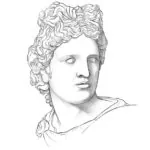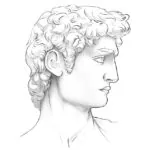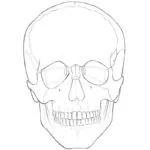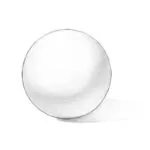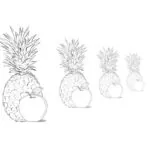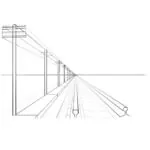How to Draw Eyes
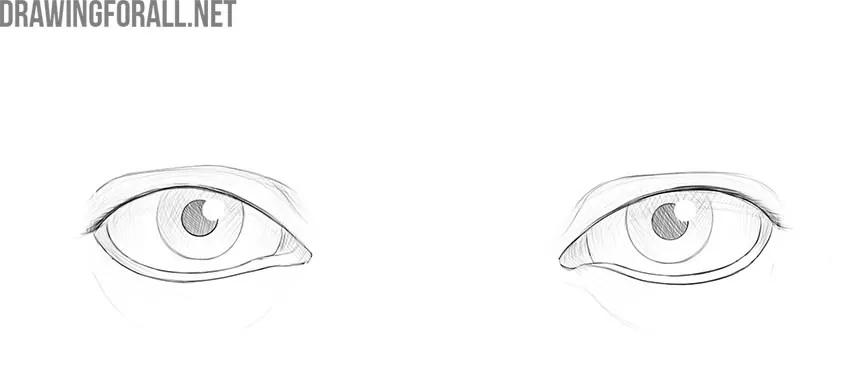
In this drawing tutorial, we will show you how to draw eyes step by step. Drawing the eyes is very important because it is one of the parts of the face. Knowing how to draw eyes, you can create more convincing and voluminous human drawings.
In this lesson, we will not only tell and show you how to draw eyes but also how to create volume in the image and give the eyes the most correct and realistic look.
To draw an eye, you need to know its structure at least in general terms. To do this, visit our article on the anatomy of the eye, where we explained in simple language everything an artist needs to know about the structure of the eye.
Step 1
To draw the eyes correctly, you first need to create auxiliary lines. First, draw a vertical line that is the center of the face. Then draw a horizontal line that goes through the central part of the eyes, or more precisely, through the lacrimal caruncles.
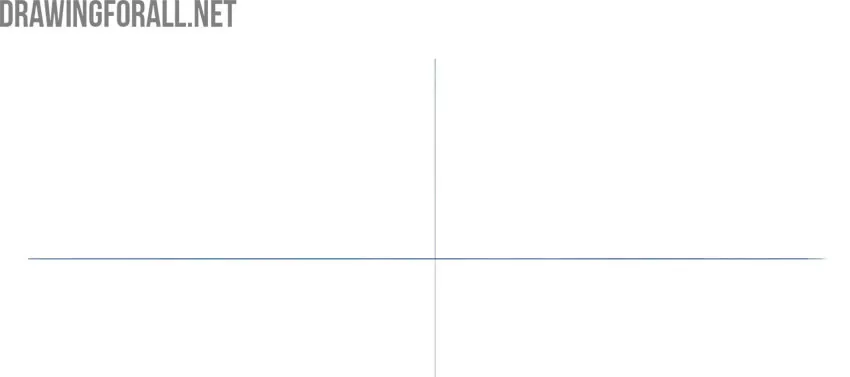
Step 2
Now outline the edges of the eyes on a horizontal line in order not to be mistaken with their size in the future. The height, width and location of the eyes are different for each person, but there are certain rules by which the eyes of all people are drawn. For example, the width of the eyes is approximately equal to the distance between them.
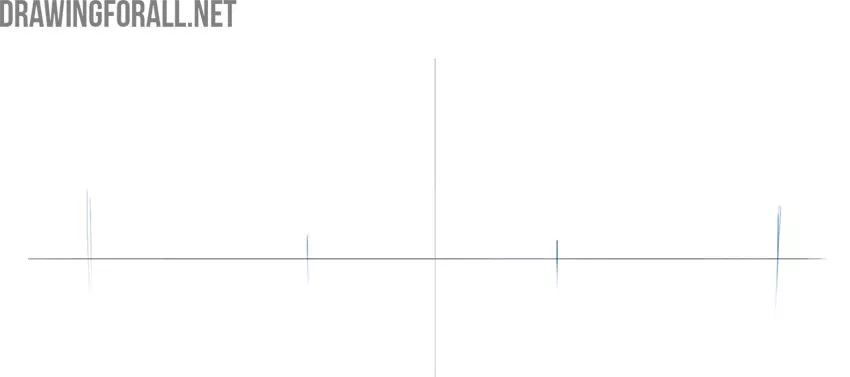
Step 3
Now, using two arched lines draw the outlines of the upper eyelids. Recall that the eye is actually a ball, and the eyelids are the thick shell of this ball. The bending of the eyelids is influenced not only by the circumference of the eye itself, but also by the pupil, which has an additional volume.
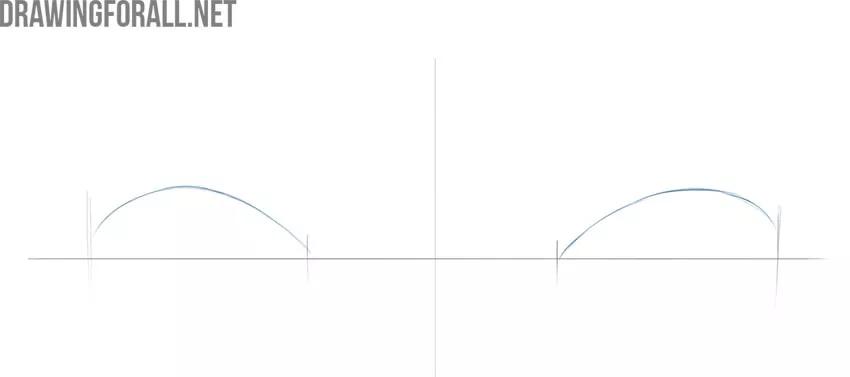
Step 4
Now, with the help of a couple more arcuate lines, draw the lower eyelids. At the same step draw the outlines of the lacrimal caruncles. Note that in our example the inner angles of the eyes are lower than the outer ones, but this is only an individual feature.
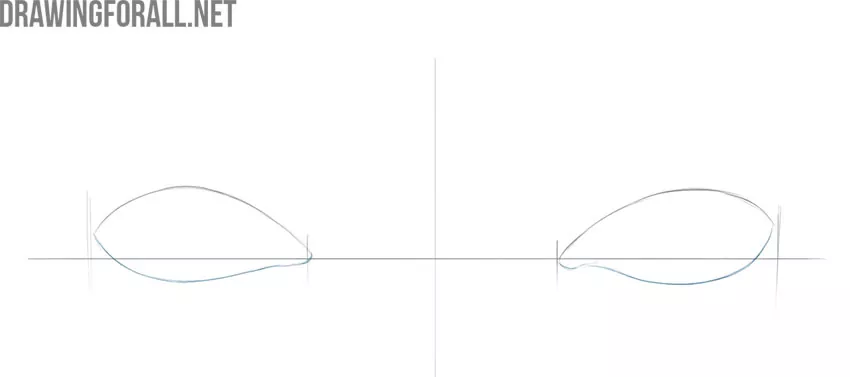
Step 5
As we already wrote above, the eyelids have their own volume, and this must be depicted in the drawing. The lower eyelids are at a greater angle than the upper ones, so we see the transverse edges of the lower eyelids. So, draw the lower lines of the eyes inside the eyelids, not forgetting to draw the inner edges of the lacrimal caruncles.
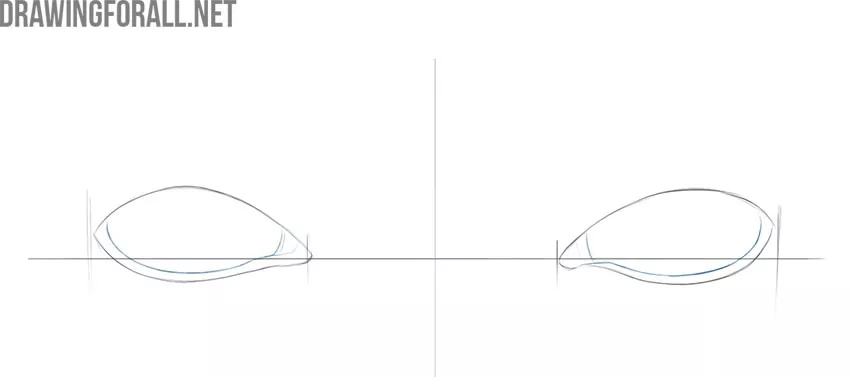
Step 6
As already mentioned, the eyes are balls. These balls are located inside the orbits of the eyes, which are to be depicted. Just above the upper eyelids, draw the lines of the upper parts of the eye orbits. Their shape is also very individual, and depends on many factors. Under the lower eyelids, depict the barely noticeable outlines of the lower edges of the eye sockets.
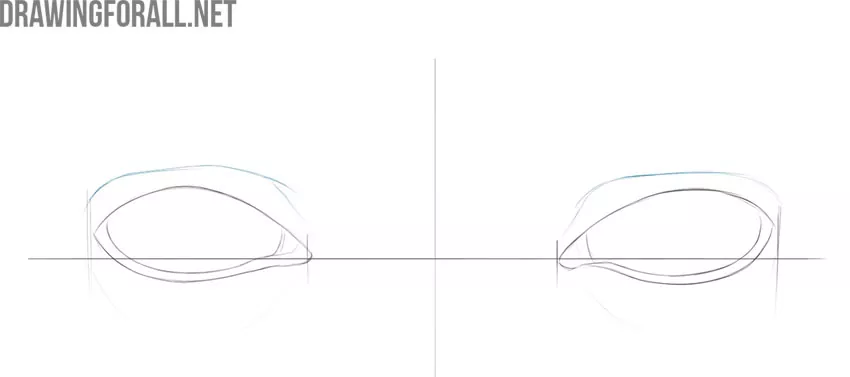
Step 7
Now, using perfectly round lines, draw out the outlines of the irises and pupils. The upper parts of the irises are not visible because they are covered by the upper eyelids. There should be a noticeable distance between the lower edges of the irises and the lower eyelids.
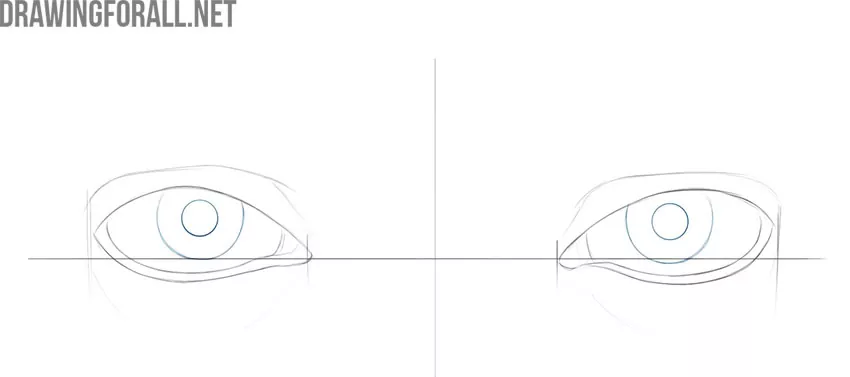
Step 8
In order for the eyes to look more voluminous and convincing, it is necessary to draw the eyelashes. The upper eyelashes are thicker and tighter. This part of the eyes, like all others, is also very individual, and depends on many factors. Eyelashes can be both thicker than in our example and less thick.
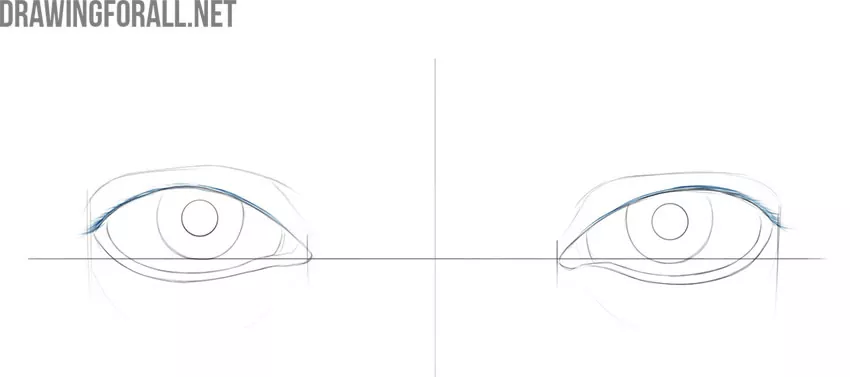
Step 9
To give the eye drawing a more finished and realistic look, erase all unnecessary auxiliary lines. To make the eyes look more expressive, erase small areas of the pupils, as shown in our example. In the future, this will turn into glare.
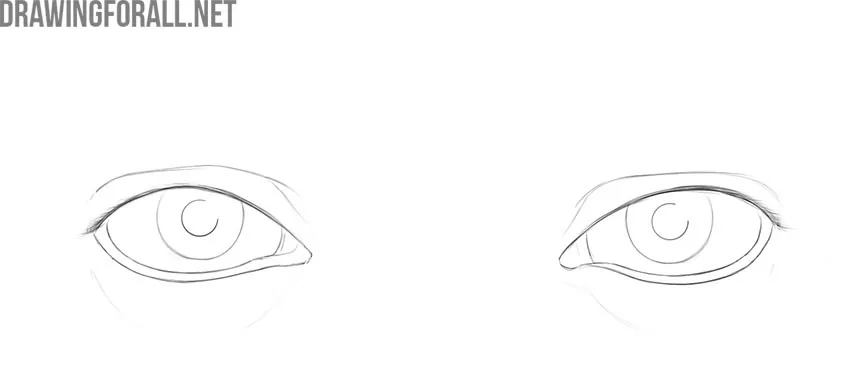
Step 10
Use hatching to paint over the pupils and irises, leaving round highlights as in our example. Next, using hatching, add shadows, taking into account the rules of light and shadow and the shape of the eyes themselves.
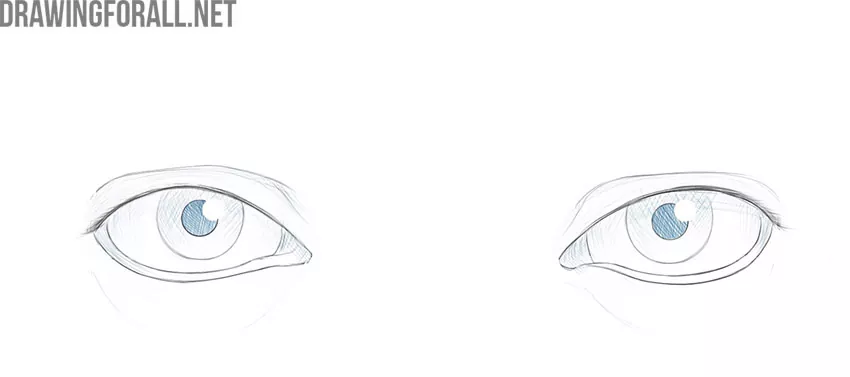
Make all the finishing touches, correct any inaccuracies if any. If you did everything correctly, then your eyes drawing should be approximately similar to our example.

To improve your eye drawing skills, try drawing them from different angles, with different expressions and different pupil positions.
Also try adding shadows to suit different lighting conditions. This will train your shadow drawing skills and improve your drawing skills in general.
Next, draw the eyes on the face, depicting all the other parts of the face, that is, the nose, ears, mouth, etc. This will help you understand the structure of the face and perceive the process of drawing the face more holistically.


